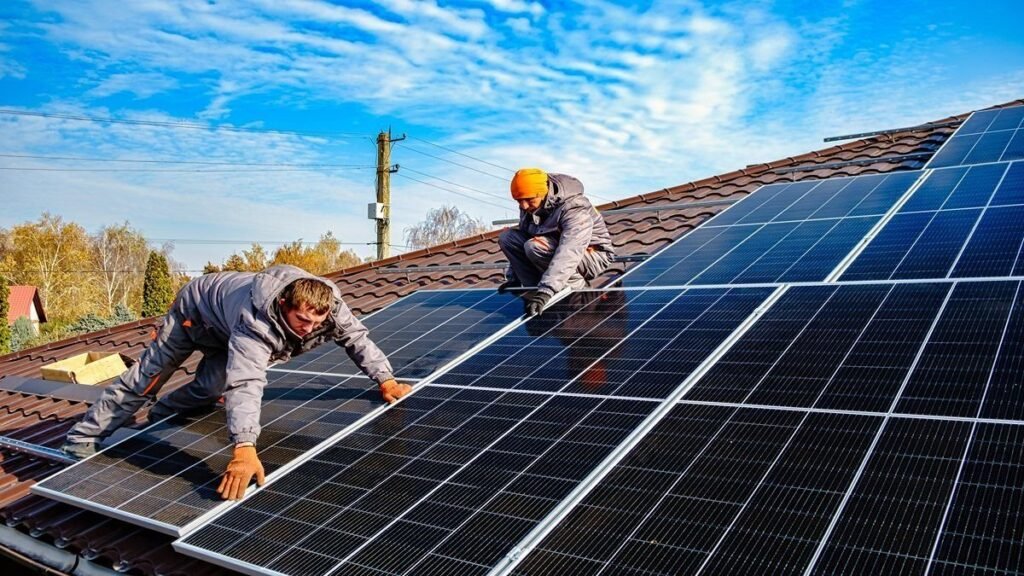Amid soaring electricity costs, Pakistanis are flocking to alternative energy sources and solar power leads the pack.
It is not just an increase in adoption of solar systems across the country but a whole new business opportunity that is generating employment and opening up fresh challenges-the “reverse metering” being one of them.
Many home owners begin their journey to solar energy through little knowledge and often end up seeking professional advice before settling on a solar system company. Recently, the market has begun offering multiple solutions and prices that seems to make it all a bit confusing.
Solar panel price
For good quality or “A-grade” solar panels, the prices are quite on the higher side. For instance, Longi’s Hemo 5 series is available in two types- single glass or monofacial and bifacial. It will cost you approximately Rs 29 per watt. The prices are almost similar in all variants and have been an ideal reference for people looking to invest in Longi’s solar products.

JA Solar is another brand leader offering single glass panels at a rate of Rs 28 per watt. For a 550-watt panel, this will translate to about Rs 15,400 per panel. Similarly, Jinko offers P-type monofacial panels at Rs 29 per watt and N-type monocrystalline panels at Rs 30 per watt.
The company also offers single-glass panels at Rs 29 a watt. That would make a 580-watt panel cost around Rs 16,820. Phono Solar panels are very reliable and can be bought at Rs 31 a watt, the same as Trina’s N-type generation monocrystalline panels.

The growing challenges that the solar industry is facing will be directly proportional to the growth it has been registering as of late. The biggest challenge that the government needs to address is on how to manage “reverse metering,” a process wherein solar energy users are allowed to sell excess power back into the grid. While beneficial to the user, this process poses regulatory and logistical challenges in the power sector.
Despite all these, the solar energy business in Pakistan is still doing pretty good by making it possible for consumers to alleviate the burden of increasing electricity charges while helping to achieve a greener environment.


